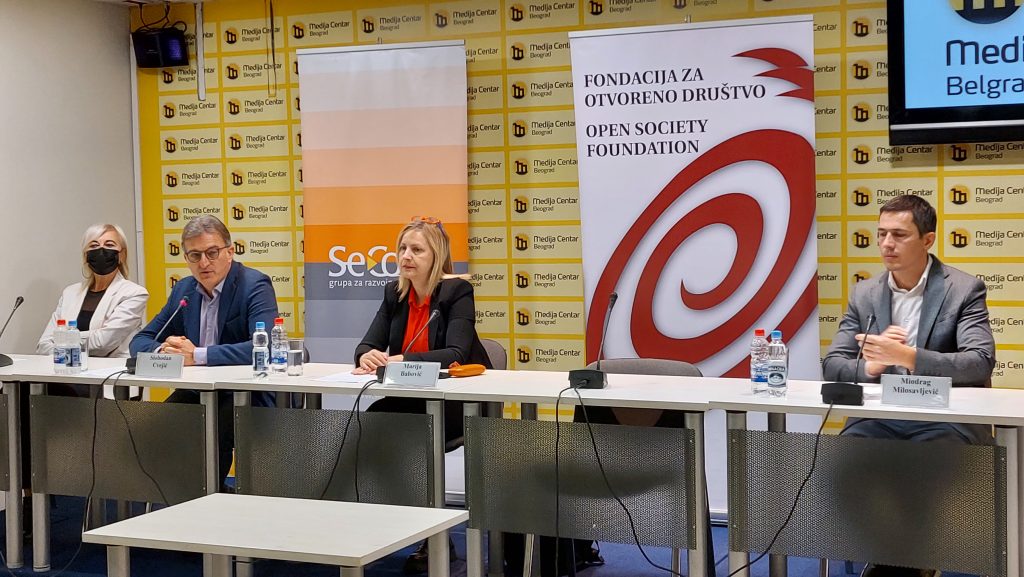According to the latest data from the Statistical Office of Serbia, the at-risk-of-poverty rate in Serbia in 2020 was 21.7%, which is 1.5 percentage points lower than in 2019. Serbia remained in the group of the poorest countries in Europe, along with other Balkan countries. In 2020, the ones most exposed to the risk of poverty were children (under 18 years old) and the unemployed.
The Rreport “COVID crisis and poverty: Monitoring poverty in Serbia 2021” showed that income support measures implemented since the outbreak of the pandemic* were inadequate to have an impact on the financial situation of social groups that were most at risk of poverty and that needed help most. Prepared by the SeConS Development Initiative Group with the support of the Open Society Foundation and in accordance with the methodology developed by the European Anti-Poverty Network for advocacy at the national and European levels, this report also showed that the informally employed and the Roma were among the most vulnerable. The measures applied to the well-to-do population who needed no help, but left out groups such as those without identity documents, including the homeless, refugees and asylum seekers, and children as well, especially in households at risk of poverty.
According to the ILO/EBRD assessment, Serbia adopted the most generous and comprehensive economic package among the Western Balkans countries; according to the World Bank estimates, the incentives introduced to protect jobs and incomes helped keep the percentage of the poor in Serbia at 17.4% in 2020, which is close to the 2019 level. However, although job retention measures saved many jobs, they failed to protect vulnerable employees such as the informally employed or contract workers, which contributed to overall inequality.
The pandemic severely affected eight sectors: wholesale and retail, accommodation, transport, food and beverage services, services in general, forestry and crop and livestock production. It is in these sectors that most are informally employed. Since informal workers do not have a concluded employment contract and therefore no health insurance, they also suffer higher costs of health services, especially during the pandemic, which creates an even greater financial pressure on this population group.
Members of the Roma population working as collectors of secondary raw materials were at a particular risk during the time that the measures restricting movement were in effect. They are one of the most vulnerable groups, and some of them could not be beneficiaries of cash transfers due to having no identity documents. Women from the Roma population were in a particularly unfavorable position, as they are the group with the lowest employment rate in Serbia and in a very unfavorable economic position.
When it comes to the elderly, the extremely low rate of digital inclusion was an obstacle in accessing information, especially the information related to exercising rights and participation in state programs and measures.

